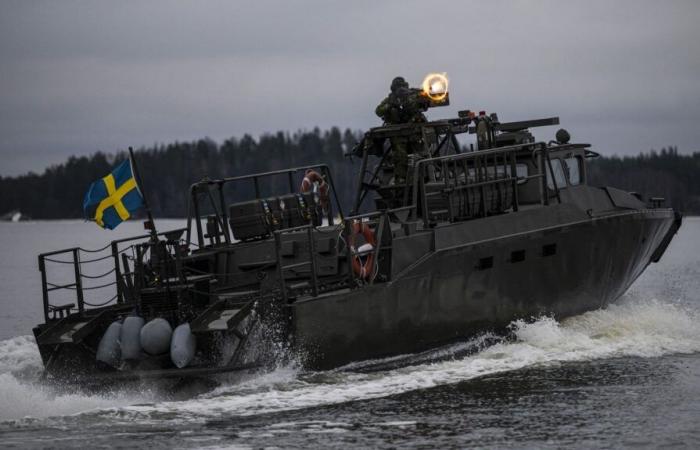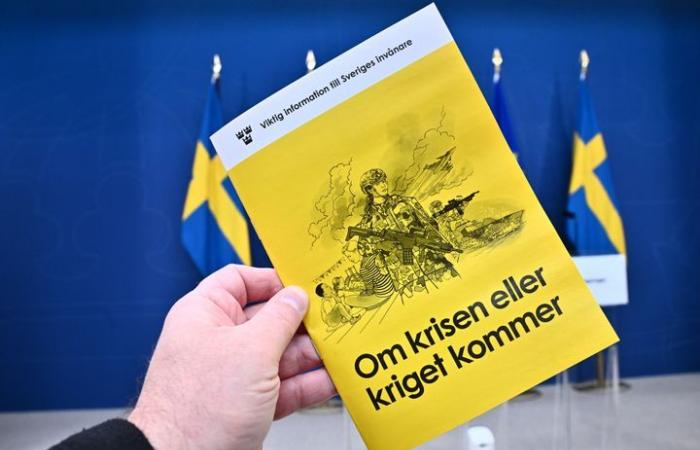Russia is very close to Suedeboth in minds and in geographical terms. Among the population, we now feel a real difference in the way of understanding the conflict in Ukraine, compared to Western Europe. The Swedish island of Gotland is only 300 kilometers from the Russian enclave of Kaliningrad. This island has clearly become Sweden's “hot spot”. New soldiers flock there almost every day.
Dince Russia’s annexation of Crimea in 2014, Sweden has largely remilitarized. Compulsory, but selective, military service was reactivated in 2017 and the budget devoted to the country's defense has doubled, just as the size of the armed forces will be by 2030.
On November 18, the Swedes all received a 32-page brochure telling them what to do in the event of a crisis or war. In particular, they must be able to survive independently for a week at home. “When I received the brochure, I said to myself that it was really time to stock up on the essentials“, explains a woman. Many have already stocked up on canned goods, water containers, sleeping bags, battery-powered radios, and even anti-radiation masks and suits. Others stock up little by little. “The war is so close to us, we can no longer say that it will never happen here“, worries another woman.

It sounds a bit survivalist but it is strongly recommended by the government. It's become a bit of a joke in Sweden, if something stops working, they say it's the Russians who attack. It is said with humor but it proves that this threat is always present in the back of our minds. What is certain is that this little yellow brochure, kindly placed in the mailbox, makes the Russian threat almost palpable.
The Nordic country ended two centuries of military non-alignment after the outbreak of war in Ukraine by joining NATO on March 7, 2024. Until then, the country was just as known for its meatballs as it was for its neutrality. But it was becoming too dangerous for little Sweden, as many here call it, to stand alone and isolated in Europe. From the moment the kingdom applied, cyberattacks from Russia exploded.
It is for this reason that the authorities insist on the term “hybrid warfare” led by Moscow. Attacks carried out on all fronts, notably that of the Baltic Sea where, a week ago, telecommunications cables were broken between Sweden and Lithuania, and between Finland and Germany. Russian sabotage or not? We may never have the answer as was the case with Nord Stream.
At the height of the Cold War, Sweden acquired a number of bunkers. Today, there are 65,000, enough to house seven million people out of the country's 10 million inhabitants. Moreover, the government announced at the start of the year that it would devote an additional 33 million euros to strengthening its fallout shelters.
Then, historically, Soviet and then Russian submarines haunted Swedish waters, as did planes violating Swedish airspace. There is also this story of a beluga suspected of being a Russian spy animal. He was first spotted in Norway with a mysterious harness on his back equipped with a camera mount that read “Equipment St. Petersburg.” We never knew if it was really a spy animal, however, Sweden hunts down real spies who are very active on its territory.







